Design Psychology: What Buyers Fall in Love With and How to Stage for That
Hollywood Living
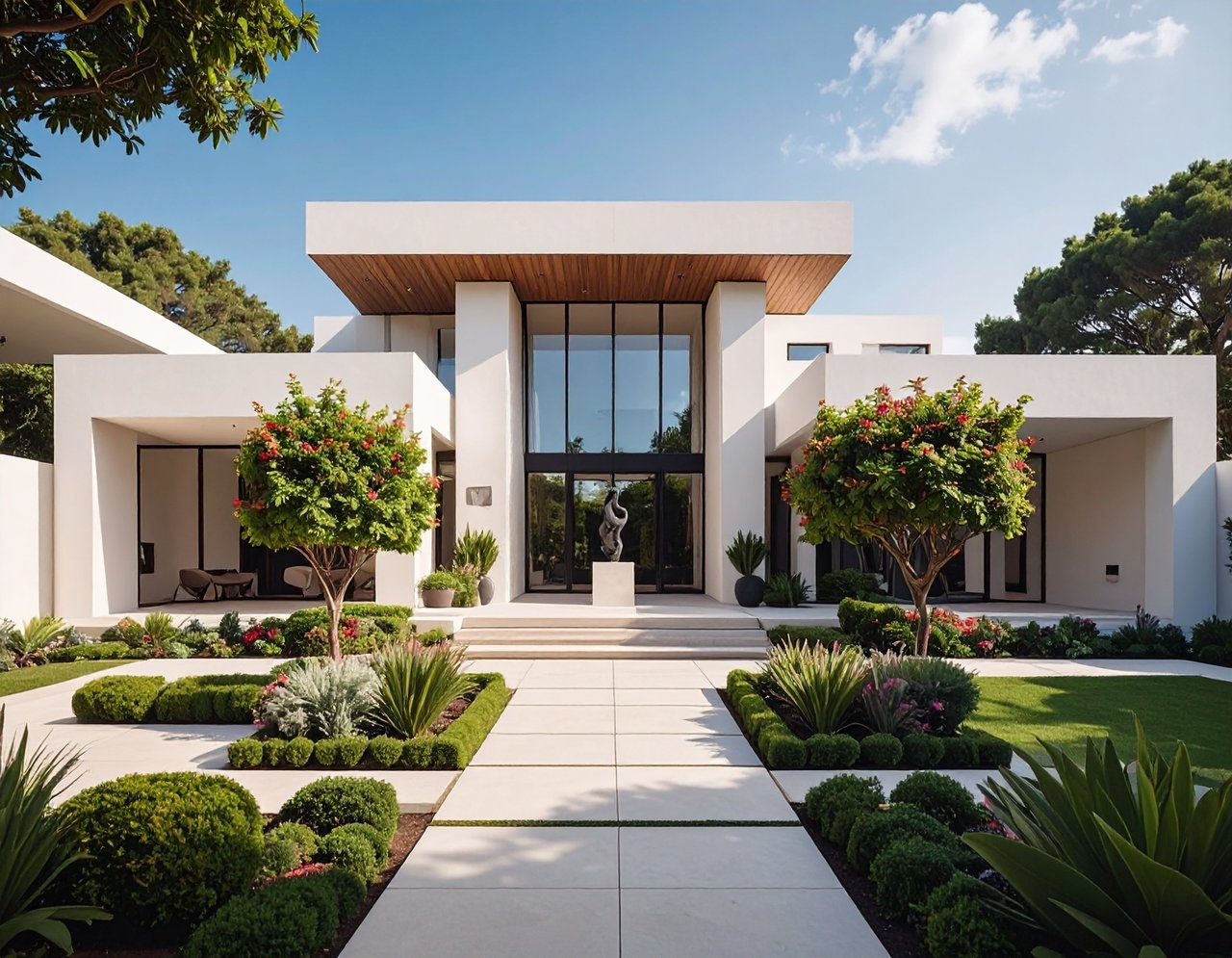
Hollywood Living

In the world of luxury real estate, particularly in Los Angeles' competitive markets like Hollywood Hills, West Hollywood, and Beverly Grove, buyers aren’t just looking for a place to live—they’re searching for a feeling. An experience. A vision of who they could become within a space. This is where design psychology meets strategic staging.
At Hollywood Estates, we specialize in preparing homes that don’t just photograph well but that sell fast, often above asking. Why? Because we don’t just stage homes—we curate emotional resonance. Understanding design psychology allows us to anticipate what draws buyers in, creates attachment, and compels them to act.
Here, we dive deep into the principles of design psychology and break down how to use them to stage your home for maximum emotional and financial return.
Real estate may be a financial transaction, but home buying is often driven by emotion. According to behavioral economists and industry data, buyers decide within moments whether a home feels right. The rest of the visit is often spent justifying that feeling with logic.
Staging taps into this emotional decision-making. A well-designed space sends non-verbal cues about lifestyle, success, and ease. It creates a mental shortcut: "I belong here." That's powerful.
Key emotional triggers include:
Sense of arrival and spaciousness
Cohesive design and flow
Light and openness
Luxury materials and finishes
Places that evoke comfort, celebration, or retreat
Humans are visual creatures. We process visual information faster than any other input. That means what a buyer sees first — and how their eye moves through the room — shapes their perception of the space.
In staging, we create a visual hierarchy using:
Focal points: fireplace, artwork, a view
Symmetry: calming layouts that promote balance
Color blocking: grouping similar hues to guide the eye
Negative space: giving high-end features room to breathe
A staged room should lead the buyer’s gaze naturally through its best attributes, leaving them with a feeling of flow and intentionality.
Color deeply affects mood. It can make a space feel calm, lively, expensive, or cold. Strategic use of color in staging can significantly enhance a home's appeal.
Common staging palettes:
Neutrals (white, beige, taupe): evoke calm, space, and light
Earth tones (sage, terracotta, sand): warmth and groundedness
Blues and greens: serenity, stability, nature
Black and deep charcoal: luxury, drama, high-end edge
At Hollywood Estates, we choose staging colors based on:
The neighborhood’s design vernacular
The home’s architecture and finishes
Buyer demographics (modern minimalist vs. glam maximalist)
Even subtle color shifts can dramatically change how a buyer feels walking through a space.
It's not just what’s in the room. It’s where it is.
Spatial psychology is about how buyers feel moving through a home. Cramped hallways, confusing furniture layouts, or lack of flow can cause subtle unease. Our goal in staging is to maximize perceived space and create intuitive movement.
We consider:
Entry points and sight lines
Grouping furniture to foster conversation
Defining spaces with area rugs, lighting, or art
Open walkways that feel natural and unblocked
Even oversized homes can feel awkward if the layout doesn’t flow. We stage to remove that friction.
Touch is a key part of how buyers perceive value. A home full of smooth, reflective surfaces may look good in photos but feel sterile in person.
We stage using layered textures to engage the senses:
Velvet cushions or boucle chairs
Wood grain dining tables and cabinetry
Natural fiber rugs like jute or sisal
Stone or ceramic accessories
These textures create a rich, sensory environment that signals comfort, warmth, and expense.
Light affects mood, energy, and the perception of space. Poor lighting can make a luxury home feel drab, while great lighting makes it glow.
Our lighting strategy includes:
Natural light: maximizing window exposure and light curtains
Ambient light: soft overhead lighting with dimmers
Task lighting: accent lamps and under-cabinet lights
Accent lighting: sconces, picture lights, and candles for warmth
Each room should have 3+ light sources. This layering creates depth and mood, turning sterile spaces into emotional ones.
Design psychology isn’t just about beauty—it’s about identity. Buyers need to see themselves living in the home.
This is where curated vignettes come in:
A reading chair with a cashmere throw and side table
A set dining table with elegant place settings
A bar cart with sparkling glassware and fresh limes
These moments feel real but elevated. They help buyers mentally step into the lifestyle your home offers.
To let a buyer's imagination take hold, you have to create space for it. This means removing personal items, bold decor, and clutter.
We recommend:
Clearing countertops and open shelves
Storing family photos and niche collections
Using closed storage to minimize visual noise
Neutralizing spaces with clean lines and coordinated accessories
Think: a high-end hotel suite. Polished, aspirational, but not impersonal.
Staging isn’t only about what buyers see. Smell and sound play a role too.
We optimize sensory impact by:
Using subtle scents (white tea, eucalyptus, sandalwood)
Playing soft background music during showings
Ensuring HVAC and plumbing are silent and efficient
No one falls in love with a home that smells musty or sounds noisy. These little tweaks go a long way.
Today, most home buyers first encounter your property online. Design psychology applies to photography, too.
We work with media teams to:
Highlight strong verticals and natural light
Shoot vignettes that tell a story
Use wide angles to maximize scale and space
Edit for cohesion without oversaturation or distortion
Online presentation is often the first emotional hook. If your listing doesn’t stop the scroll, it’s already lost the game. Because like all great marketing, real estate media should tell a story that builds trust and drives desire.
Every listing has a likely buyer profile. We design with them in mind.
Young Professionals: modern, tech-savvy styling, smart home features
Families: spacious, practical layouts, playful accents
Entertainers: open kitchens, bar setups, outdoor living focus
Celebrities/Executives: privacy, glam, status-symbol design elements
Knowing your buyer allows us to tailor everything from color schemes to furniture scale.
Case Study 1: Outpost Estates Revival
Before: Vacant, echoey, overly white
After: Warm wood tones, gallery wall, cozy nooks
Result: 5 showings, 2 offers, $125,000 over asking
Case Study 2: Sunset Plaza Entertainer’s Dream
Before: Personal clutter and bulky furniture
After: Sophisticated seating, dining-for-10 vignette, styled kitchen island
Result: Full-price offer in 9 days
Case Study 3: West Hollywood Modern Loft
Before: Dark, heavy, masculine
After: Lightened palette, neutral layers, modern art
Result: Sold to international buyer after one virtual tour
At Hollywood Estates, staging isn’t outsourced. It’s woven into our full marketing strategy. Our team includes designers, stylists, and agents trained in buyer psychology. That’s why staging at Hollywood Estates is in-house and intentional—led by specialists who know what sells in the Hills.
We deliver:
Strategic staging based on neuroscience and behavioral cues
Market-specific design language
Consistent visual branding across web, print, and social
Hands-on project management for seamless execution
Design isn’t decoration. It’s influence.
Want to create an emotional connection that drives strong offers? It starts with design psychology. Our approach to staging turns your home into a compelling lifestyle experience.
Let Hollywood Estates help you:
Highlight what matters most to buyers
Design every room with purpose

OLIVER THORNTON
CO-CEO AND R.E AGENT | HOLLYWOOD ESTATES
PARTNER | THORNTON DEVELOPMENT GROUP
310.704.1794
[email protected]
DRE# 01969227
Stay up to date on the latest real estate trends.
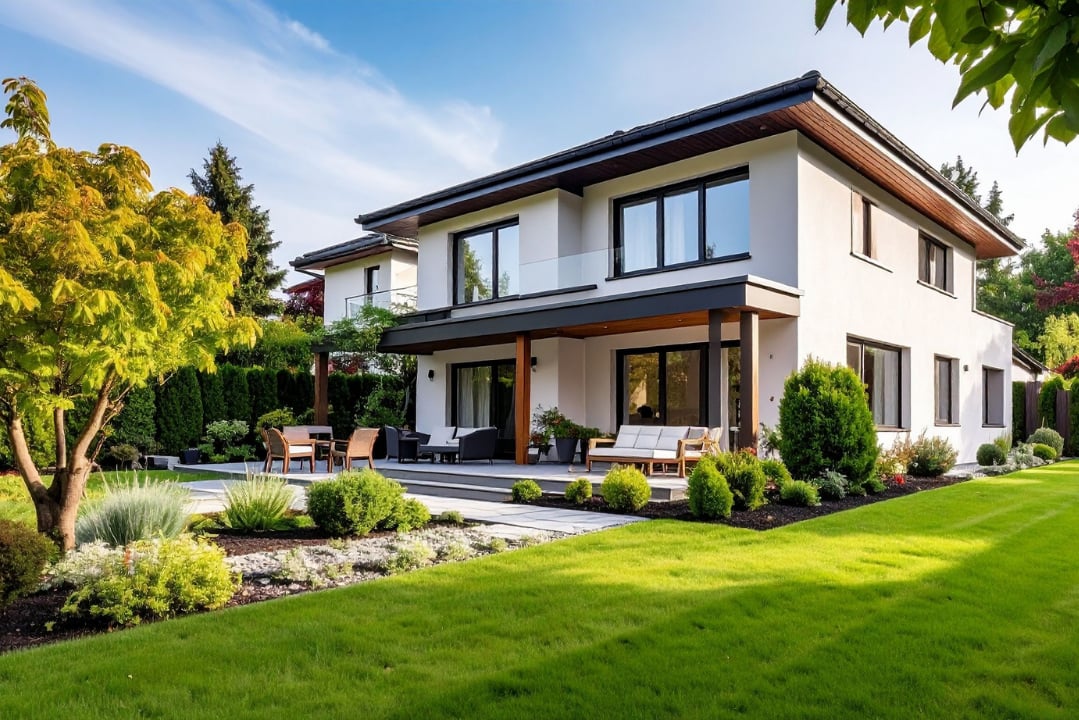
Luxury Living
Exploring how modern architecture creates harmony with the natural world — where silence, light, and landscape define true luxury.
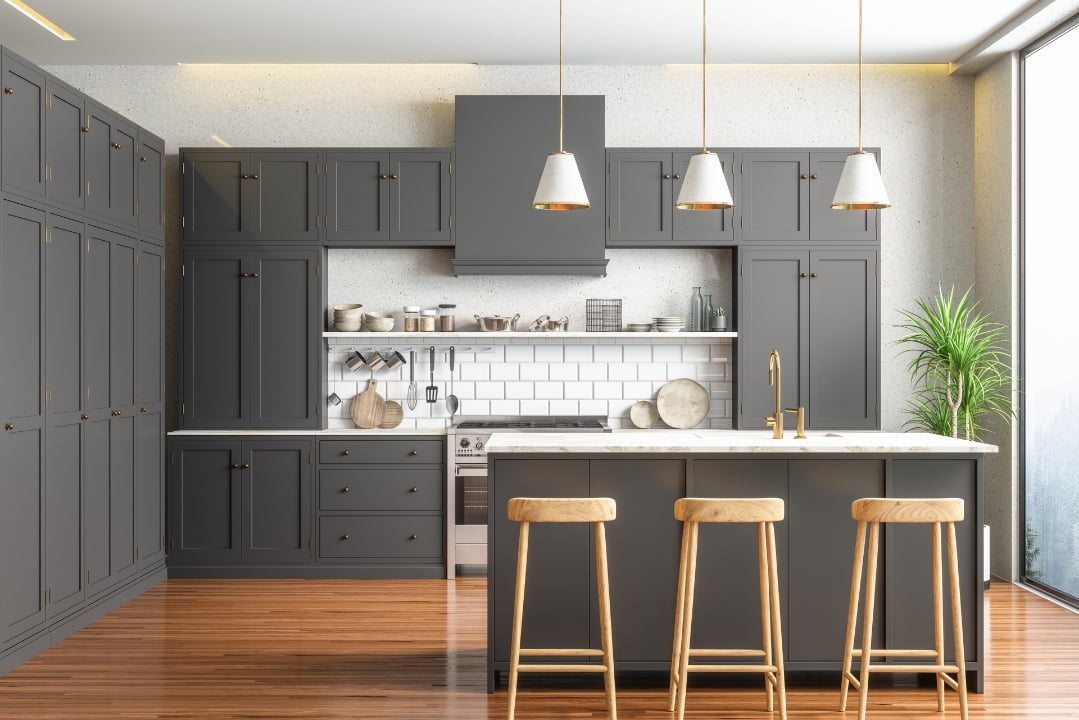
Luxury Living
Exploring how authenticity, locality, and emotional resonance are redefining modern luxury through contextual design.
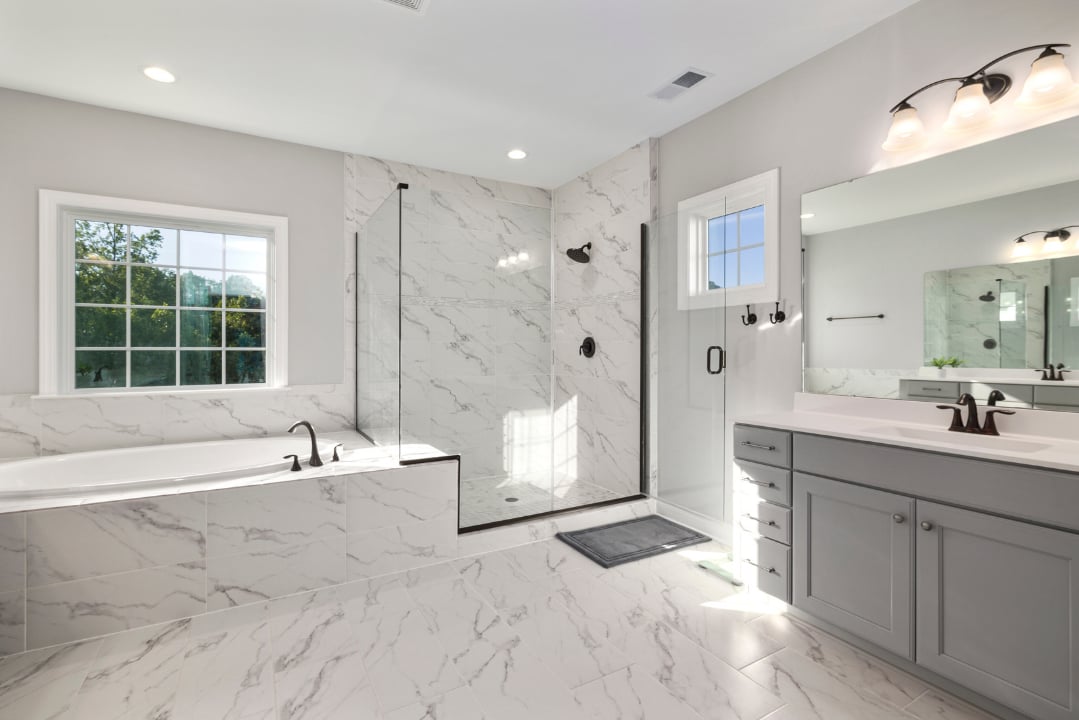
Luxury Living
Exploring how the next era of luxury living moves beyond visibility — into intention, wellness, and emotional architecture.
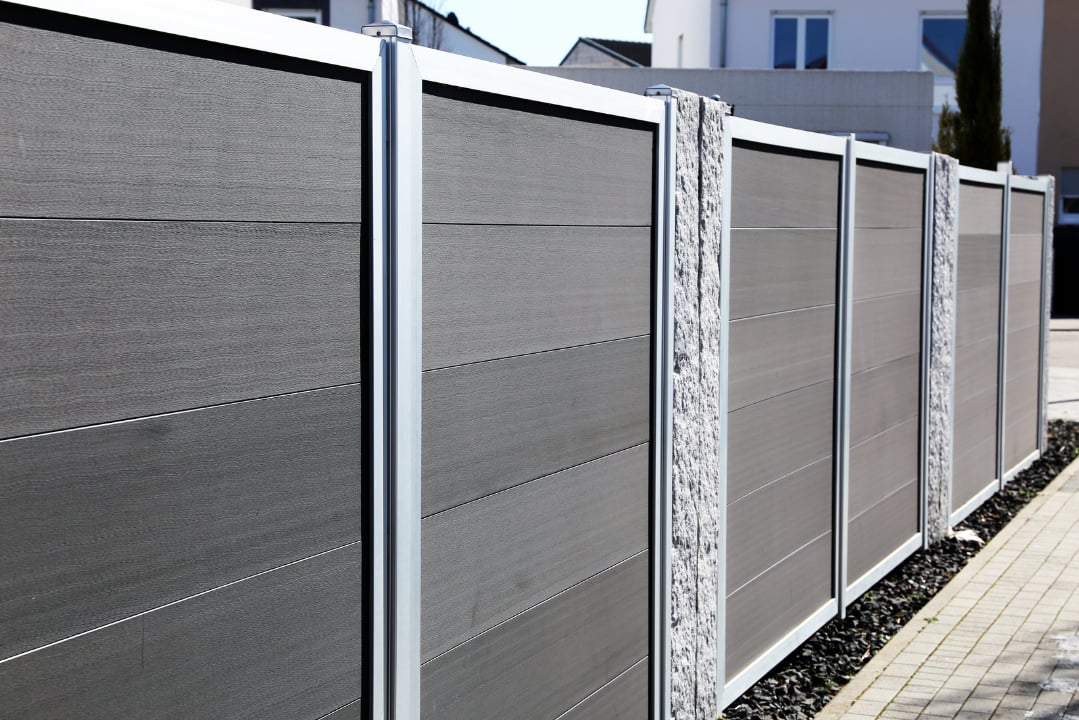
Luxury Living
Exploring how architecture, intention, and spatial design create the new language of exclusivity in modern luxury homes.

Luxury Living
Exploring how calm, clarity, and intentional living are redefining the meaning of success in the modern world.
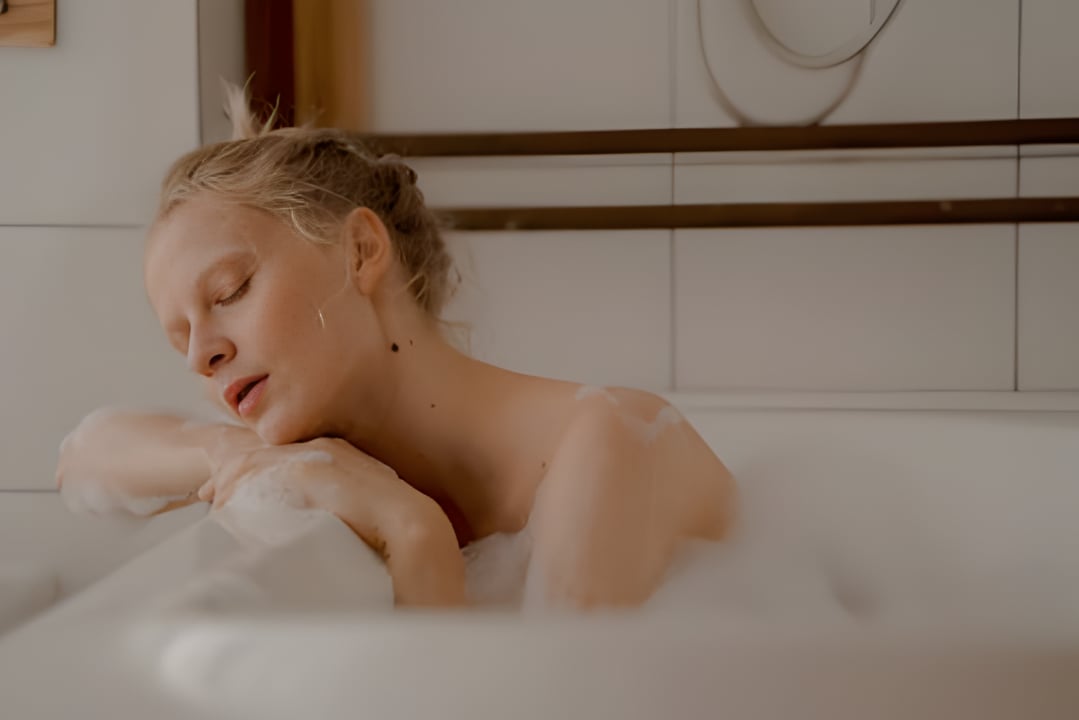
Luxury Living
Exploring why tranquility, balance, and emotional clarity have become the highest forms of modern luxury.
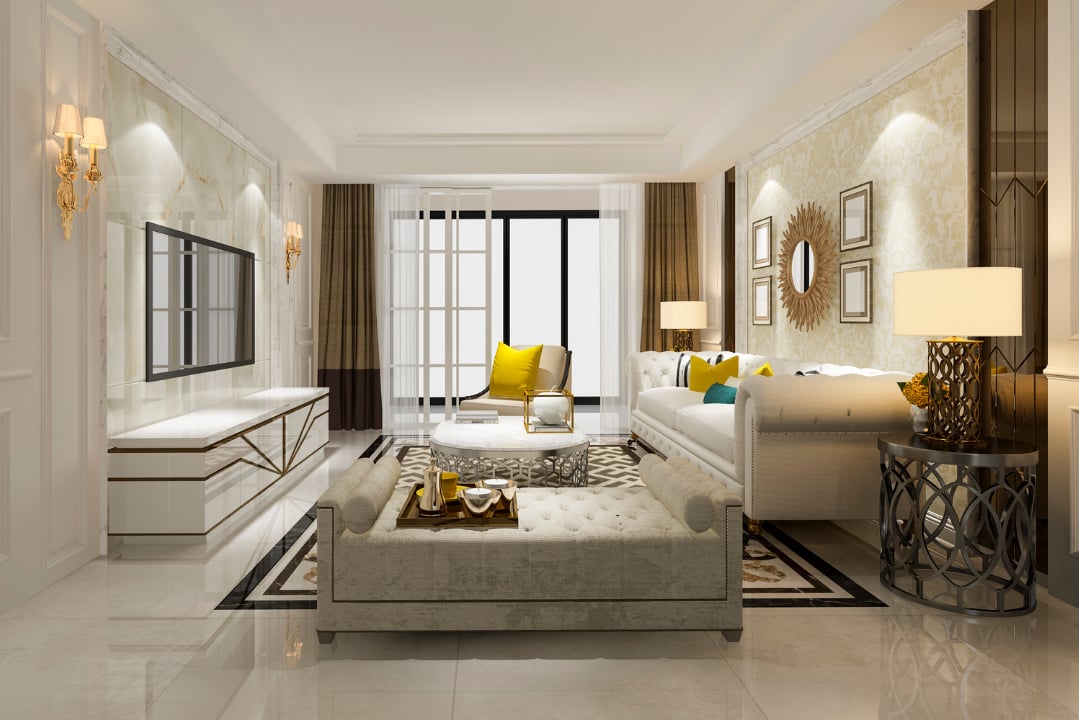
Hollywood Living
Exploring how mindful design and purpose-driven architecture define modern luxury living.
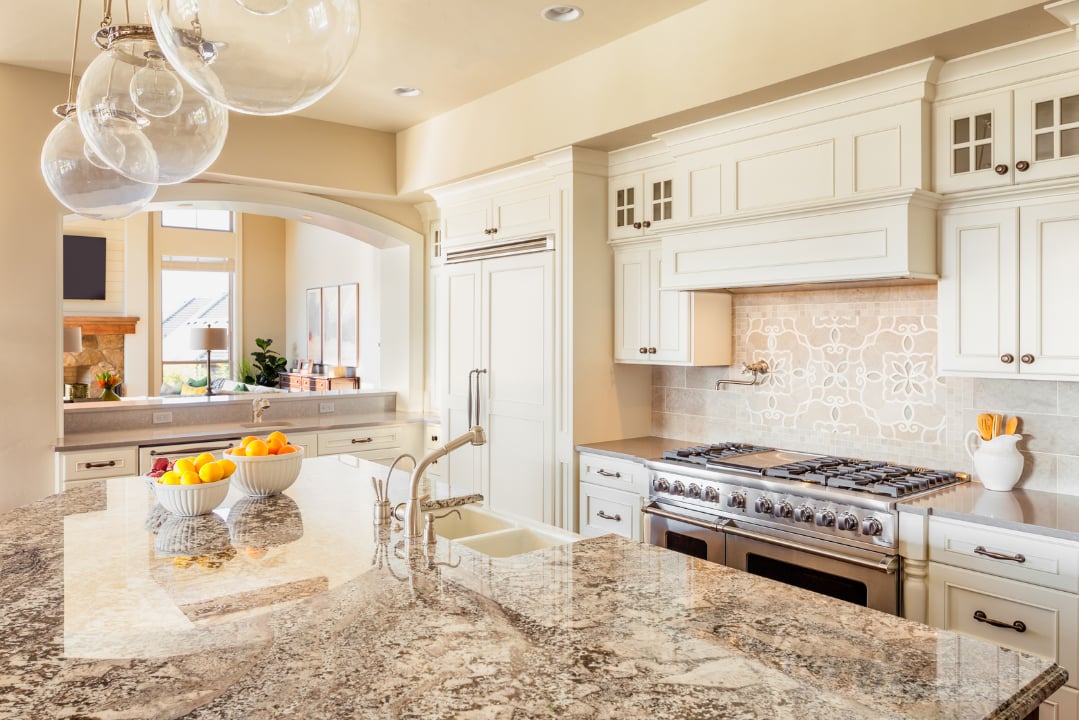
Hollywood Living
Exploring how design creates belonging, connection, and meaning in the modern luxury home.
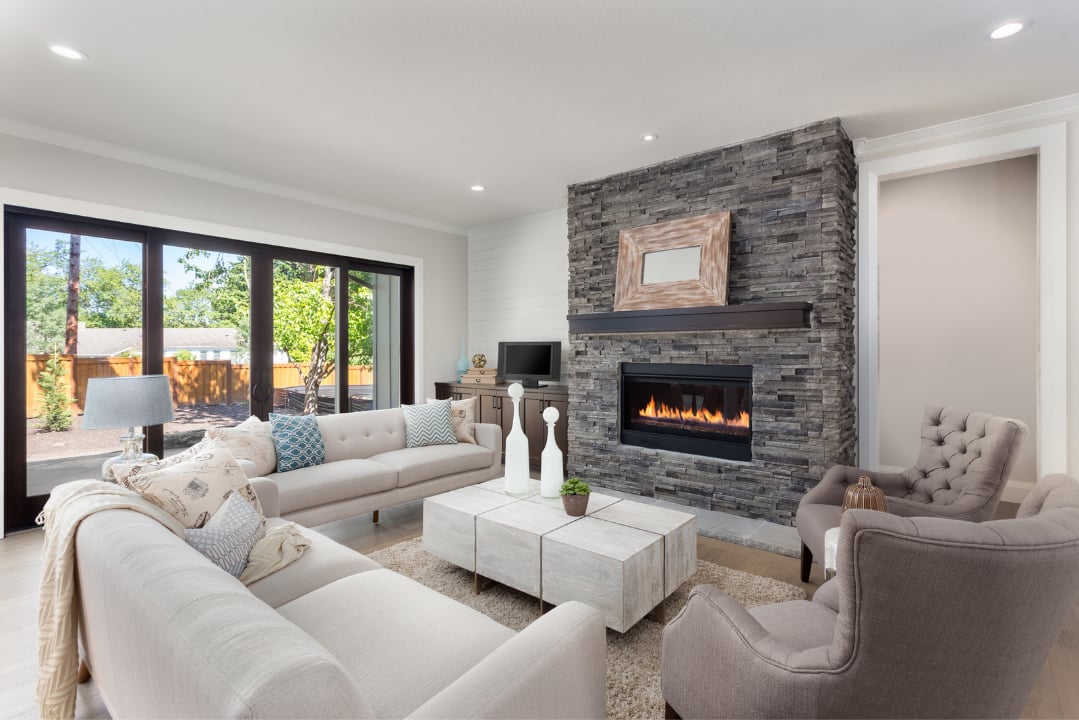
Hollywood Living
Exploring the emotional intelligence of design — where architecture becomes an experience, not just a structure.
Our agents are experienced with buying and selling properties in the Hollywood Hills and beyond. Consult with us today!